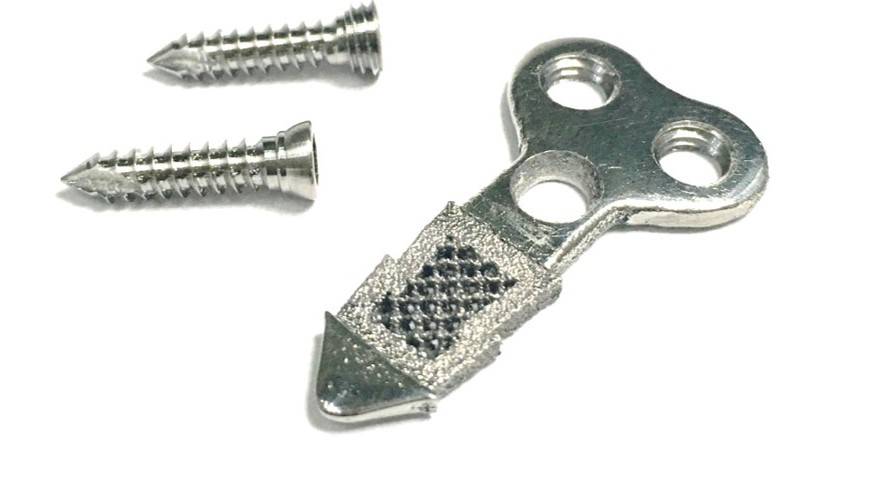Additive Orthopaedics, a New Jersey-based producer of next-gen orthopaedic devices for the foot and ankle, has received FDA 510(k) clearance for its Patient Specific 3D Printed Locking Lattice Plates. The recently approved 3D printed device is designated for the alignment, stabilization and fusion of fractures, osteotomies and arthrodesis of the foot, ankle or other small bones.
The FDA clearance of Additive Orthopaedic’s Patient Specific 3D Printed Locking Lattice Plates follows a handful of other FDA clearances for other patient specific products. In May 2018, for instance, the company reported the approval of its Patient Specific 3D Printed Bone Segments for internal bone fixation in the ankle and foot.
In 2017, the company’s minimally invasive 3D printed Bunion Correction System was cleared by the FDA to treat the alignment and stabilization of bunions. The bunion system marked Additive Orthopaedic’s fourth FDA 510(k) clearance for a 3D printed product.
With the most recent approval of its 3D Printed Locking Lattice Plates, Additive Orthopaedics is not showing signs of slowing down on its mission to offer advanced, patient specific orthopaedic solutions.
“There will always be a need for traditional off-the-shelf orthopaedic devices, but in cases of implant revisions, limb salvage, and trauma, using printing to manufacture a patient specific device can potentially lead to a better outcome,” commented Greg Kowalczyk, President of Additive Orthopaedics. “Although we are still in the early stages for 3D printed patient specific implants, it has been a terrific journey developing the market in foot and ankle orthopaedics.”
The company adds that patient specific implants will be the cornerstone of “Game Plan,” an integrated surgical planning system that is expected to launch later this year.
Other 3D printed products in the Additive Orthopaedics portfolio include: the Hammertoe System, the Wedge System, the Bunion System, Plate/Wedge Combinations and custom 3D printed implants.
Source: 3dprintingmedia.network




